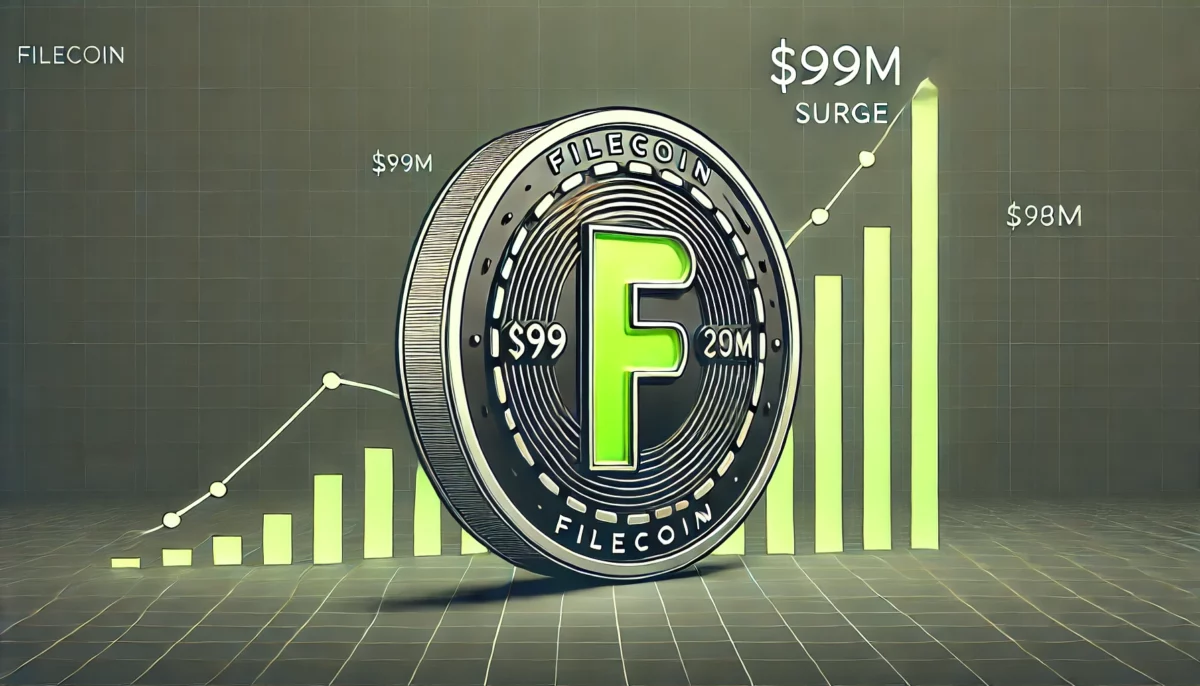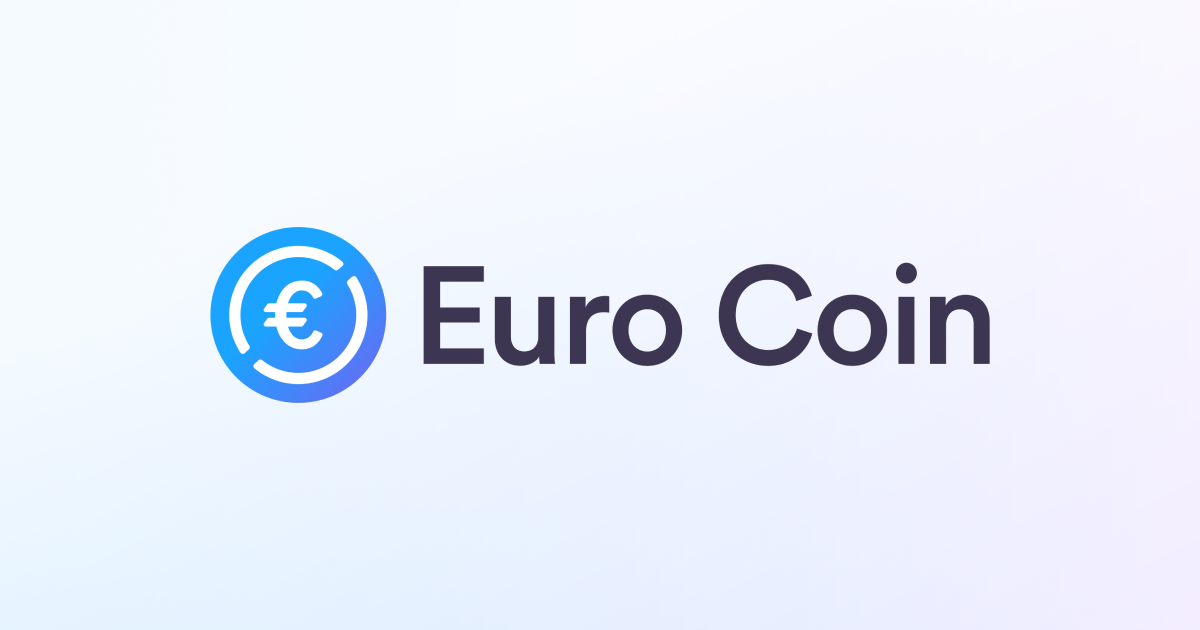The Convergence of Web3 and Traditional Finance: From Coinbase’s IPO to Circle’s Foray into the Public Market and the Mainstreaming of Crypto Assets
On March 31, 2025, the cryptocurrency industry reached another milestone, as reported by Fortune. Circle, the issuer of the USDC stablecoin, is actively advancing its IPO process. Circle has already submitted its S-1 filing to the U.S. Securities and Exchange Commission (SEC), officially kicking off its initial public offering (IPO) process. The company plans to list on the New York Stock Exchange under the ticker symbol $CRCL.
This development signifies the breaking down of barriers between Web2 financial powerhouses and Web3 native forces, as they collaboratively shape a new digital asset ecosystem. With Nasdaq opening its doors to crypto firms, the integration of traditional finance and crypto finance has become unstoppable.
Four years earlier, on April 14, 2021, Coinbase made history by becoming the first major cryptocurrency exchange to go public in the U.S. under the ticker symbol "COIN." Its opening stock price soared from $250 to $328.28, and it reached an intraday high of $429, achieving a peak market value of $64.5 billion. This event marked the mainstream capital market's recognition of the business model of crypto assets. As Coinbase's CEO, Brian Armstrong, stated, "Going public is an important interface between the crypto industry and the traditional financial system."
This trend of convergence in the capital market is accelerating. Despite Circle's initial IPO attempt in 2022 being thwarted by regulatory issues, the current shift in the SEC's stance towards crypto assets has led to more Web3 companies preparing for public listings. In addition to Coinbase, the entry of well-known Web2 payment giant PayPal has also stirred up the stablecoin market.
When PayPal launched its PYUSD stablecoin in 2023, the traditional financial world truly began to recognize the disruptive capabilities of Web2 giants. Leveraging its massive user base of 430 million active accounts, PayPal's stablecoin issuance reached over 200 million units within 18 months, setting a record for the fastest user adoption of a Web3 product. This "payment network + stablecoin" ecosystem has enabled cryptocurrencies to penetrate everyday consumer scenarios on a large scale for the first time. A Chainalysis report indicates that 78% of PYUSD users were new to crypto assets, demonstrating the unique value of Web2 platforms as conduits for crypto technology. Visa, Mastercard, and other payment giants have accelerated their stablecoin layouts, while JPMorgan Chase launched its institutional-grade JPM Coin cross-border settlement network in Q4 2024. This top-down market education is gradually eliminating the public's cognitive barriers to crypto technology.
The regulatory framework for stablecoins is becoming increasingly clear
At present, the regulatory frameworks for stablecoins in major crypto hubs such as the United States, Singapore, Hong Kong, and the United Kingdom are gradually taking shape. When the U.S. House of Representatives passed the "Payment Stablecoin Transparency Act" in July 2024, the Hong Kong Special Administrative Region government also released its regulatory framework during the same period. In August, the Monetary Authority of Singapore (MAS) issued its finalized stablecoin regulatory framework, and in November, the Bank of England announced its plans to regulate stablecoins, with legislation for fiat-backed stablecoins set to be introduced early next year.
Major global financial centers are completing the regulatory puzzle for stablecoins. The implementation of stablecoin regulations will have a profound impact on the market landscape and signifies that the integration of traditional finance and crypto finance is poised for broader adoption.
The relaunch of Circle's IPO process is not just a capitalization attempt by a single company; it is a sign of the times, indicating the entire crypto industry's integration into the mainstream financial system. From Nasdaq's crypto stock tickers to the stablecoin balances in PayPal wallets, the boundaries between Web2 and Web3 are being erased as digital dollars flow.
Disclaimer: The content of this article solely reflects the author's opinion and does not represent the platform in any capacity. This article is not intended to serve as a reference for making investment decisions.
You may also like
FIL Price Forecast: Explosive Growth Likely After Filecoin (FIL) v1.32.2 Upgrade

Teucrium CEO Endorses XRP as Essential for Future Financial Infrastructure

EURC Hits New Record as Demand Grows Across Blockchains

Strategy₿ Resumes Bitcoin Acquisitions, Buys $285.8M in BTC

